George Bremner was working as a sports sub-editor at the Press and Journal the night Aberdeen defeated Real Madrid to lift the European Cup Winners’ Cup.
In his own words, he recalls a highly memorable and challenging shift on the sports desk.
The European Cup Winners’ Cup final on May 11 1983 truly was a night to remember for all Aberdeen football followers as the Dandy Dons took on – and eventually conquered – the mighty Real Madrid after an extra-time thriller in Sweden.
Our coverage of the big match and the production operation it involved presented a huge challenge for all of the staff at the Press and Journal and particularly for the editorial teams in both Gothenburg and at our Aberdeen HQ which at the time was at the Lang Stracht, Mastrick.
It was certainly a shift to savour for me as an eager young sports sub-editor honing his skills. My excitement was heightened as I was a Reds fan, too, as were many of my editorial colleagues.
The Press and Journal was produced in a broadsheet format in those days and not the compact size it is now. The P&J, like our sister paper the Evening Express, was edited, printed and published in Aberdeen. We had district offices in many towns in our huge circulation area, it was quite an operation, really, and it still is now.
We produced up to eight editions each night in the 1980s, the aim being to fill each edition with local news and sport relevant to that particular area. The paper was printing around 112,000 copies a day then, our circulation comfortably outstripping the likes of both The Scotsman and Glasgow Herald, though we were a regional daily and not national papers like the latter pair.
Indeed, on the night of May 11, 1983, the plan was to push our circulation even higher by printing and selling an extra several thousand papers, anticipating the already high demand to grab a P&J would be even greater in the newsagents the next morning, especially in the event of an Aberdeen victory.
The Dons were, of course, the number one senior football team for many of our readers, who looked on the paper as the go-to place for any news on their beloved team. Needless to say, interest in the Cup Winners’ Cup final was at fever pitch among fans and our readers by the time the final arrived.
Build-up material in the countdown to the match dominated the P&J sports pages for days and by D-day itself the office was simply buzzing. I arrived at 4pm to prepare for my shift alongside chief sports sub-editor Gordon Forbes, a real P&J stalwart.
The newspaper’s battle plans for the night were discussed in detail and finalised at the early-evening editorial conference and by kick-off we had a radio switched on at the sports desk to keep bang up to date with the game as viewing any TV screens was virtually impossible due to my staff colleagues from all areas of the building coming and going to grab some of the action.
The scene was all set for a thrilling night of action both in the Ullevi Stadium, Gothenburg, and for all of us back at Aberdeen Journals’ HQ in Mastrick. Interest in the game was huge, of course, and we had a team of sports and news reporters and photography staff based in Gothenburg from the Monday of that week to make sure the P&J captured all the build-up and atmosphere as the estimated 15,000-strong Red Army of fans arrived by plane, boat, car, train or whatever mode of transport they could muster.
The arrival of a Peterhead fishing boat and its Dons-mad crew members in Gothenburg to attend the game also caused a bit of a stir, while the P&O ferry St Clair set sail from Aberdeen Harbour on Monday, May 9, 1983 at 1.30pm to head for Sweden with 493 fans and 63 crew on board. The St Clair that day famously became Britain’s first floating football special as the ship pulled away to a crescendo of quayside horns and ship sirens rang out.
It poured rain in Gothenburg on the day of the match which kicked off at 7.15pm BST, rather than the 7.30pm or 7.45pm midweek starting times we were used to then.
The phones went berserk
The earlier kick-off was viewed as a big bonus by both the P&J team at the ground in Gothenburg and the editing and production staff at Mastrick as we were hoping it would allow us all just a few more vital minutes of breathing space to put together the newspaper after the final whistle and help us meet our very tight first edition deadline of just after 11pm.
However, all our hopes of gaining that little bit of time were dashed as the tie went to extra time. It meant we would have little more than 90 minutes after the final whistle to meet our first edition deadline and see all the pages on their way to the printing presses on schedule.
Juanito’s 14th-minute penalty equaliser for Real after Eric Black’s seventh-minute opener had us all on a knife-edge for the rest of the regulation 90 minutes and the tension only increased – and our deadlines became even tighter – as the final moved into extra time.
And after Dons substitute John Hewitt headed what proved to be the winner in the second period of extra time all at Mastrick were counting down the minutes so we could get the production operation into full swing.
The final whistle set off wild celebrations in Gothenburg and also among Aberdeen’s thousands of fans at home. The phones at our Mastrick office immediately went berserk, with both the news and sports desks fielding calls from excited supporters from far and wide phoning the P&J just to make absolutely sure they had heard or seen correctly and that the Dons were indeed European champions.
As the calls continued to flood in I could hear in the background people cheering and horns sounding in the city centre as the parties got under way. But, while there was excitement all around, it was time for some quick thinking and steady nerves for the P&J editorial teams both in Sweden and in our office.
Producing newspapers and meeting deadlines in 1983 was a much more labour-intensive exercise than it is now.
It took a lot more time to complete our side of the operation which centred on getting pages ready to mount on the printing press. Desktop publishing these days means you can have stories, pictures and all the raw material required from a breaking major news or sports story at your fingertips and on your computer within seconds but it was quite different in 1983 – no mobile phones or internet in those days to massively speed up the production process and make things so much quicker and slicker.
Our match reporter in Gothenburg, the late and much-respected P&J sports editor Alastair Macdonald, had to file his copy in stages during the game as the action unfolded and then, right on the final whistle, get over his story lead and resume of the game.
Doing that in the raucous atmosphere in the stadium was hard enough but due to transmission problems on the night he was unable to send all his copy electronically and instead he had to resort to dictating much of his story over the phone to a copy-taker in our Mastrick office with fingers poised on a good old-fashioned typewriter. This resulted in more precious minutes being lost to us as the clock ticked away.
Alastair’s words of wisdom were then checked by the sub-editing team, our headlines and sub-headlines were inserted before the copy was then taken to another department to be phototypeset.
That process used photography to produce columns, or galleys, of type on a scroll of photographic paper. That was then proof read against the original copy and then any corrections made, if necessary.
The paper galleys were then waxed in a machine before being pasted onto a page by a make-up artist whose skills with a scalpel saw the page take shape based on a plan drawn up earlier by the sub-editor. Nowadays all these stages are done by one person using a computer.
Because of the electronic transmission issues we encountered that night, vital pictures of the action were also delayed. When they did eventually start transmitting through to our wire room it took up more vital time for the hard copies of the photographs to process through a machine before we finally got our hands on them.
In fact, I remember our editor at the time, Peter Watson, appearing from his office to enter the fray in the editorial hall and venting his frustration at the delays.
Peter grabbed a phone to call BT and told the unfortunate operator at the other end he had a newspaper to produce and he wanted things sorted out fast. The fact that we were also working on an additional four-page picture special souvenir of the match all added to the excitement and tension of the night.
Cup of joy for the Dons
This whole challenging operation was handled by a relatively small, but talented, team of news and sports journalists, backed up by our typesetting and printing staff on the night. There was certainly no lack of dedication and enthusiasm on the team, though, and as the minutes ticked away the paper started to take shape and our pages were all ready to go more or less on time that memorable night.
It was now the turn of the engine room of the building to burst into life and it was not long before the comforting hum of the huge printing presses could be heard filtering through the building to the editorial room and we could all hardly wait to see the first copies of that night’s historic P&J roll hot off the press.
The banner headline on the front page that night read ‘Cup of joy for the Dons’, while placed alongside news reporter Hamish Mackay’s story stood the famous picture of delighted Dons captain Willie Miller and his equally ecstatic Reds team-mates triumphantly holding aloft the European Cup-Winners’ Cup.
Dons chairman Dick Donald had his say in a story on the front page, too, and there was even a super-quick reaction in the form of a Letter to the P&J Editor from a fellow newspaper editor, Jim Henderson, of the Northern Times, Golspie, sending “congratulations from the North” to the Gothenburg heroes.
Jim was certainly quick off the mark that night with the first letter of many on the Reds’ magnificent triumph to feature in the P&J in the following days.
‘Super-sub Hewitt sinks the Spanish Armada’ was the back page headline. This was accompanied by Alastair Macdonald’s in-depth match report, sports writer Jim Dolan’s after-match interview with Dons manager Alex Ferguson as well as a statistics panel on the game and pictures of all the vital goals and moments from the match.
The four-page souvenir special was also looking good, thankfully packed full of pictures of both the match and snaps of all the rain-soaked Dons fans enjoying the delights and landmarks of Gothenburg during the afternoon build-up, the constant rain failing to dampen their spirits on the road to Gothenburg glory that day.
Completing that first edition on time certainly represented a victory for us in Mastrick, too. We were happy and relieved to see the first papers loaded on to the waiting fleet of lorries and vans outside the dispatch area at our Lang Stracht base and bound for newsagents near and far. It meant our job as the first link in the production chain of the paper had been completed on time.
The first papers of the night had appeared off the press in close to the same time as the 120 minutes of the fabulous match that had just ended. So much had happened since 9.45pm but it was straight back to our desks for me and my colleagues as there were another seven editions to complete and the chance to polish up on earlier efforts before signing off.
It was indeed a night I will never forget. I arrived home in the early hours of May 12 still on a high from all the ups and downs during my shift and, like many of my colleagues on duty that night, I savoured the entire match when I got out of bed later that morning having taped the action on my fancy new video cassette recorder – and I don’t suppose you’ll find too many VCRs around these days!
The Dons’ Gothenburg glory boys undoubtedly provided me with the highlight of my 45-year journalistic career during which time I had a hand in helping produce P&J newspapers spanning 11 Olympic Games, 12 World Cups, 21 Ryder Cups, and far too many Dons games to remember. What a buzz!
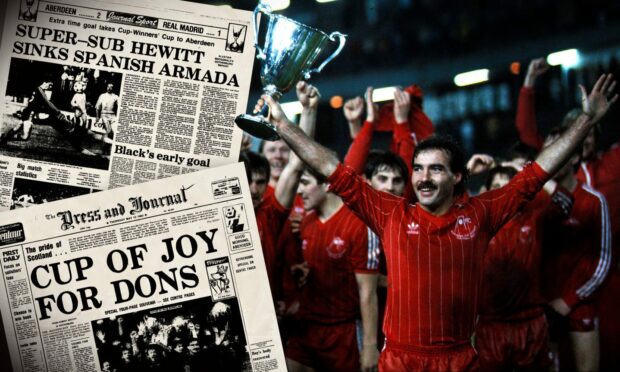
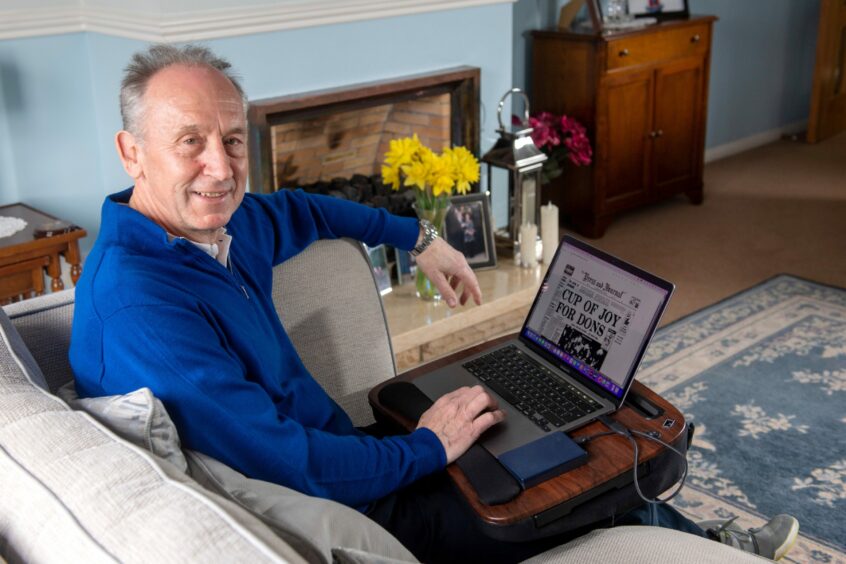
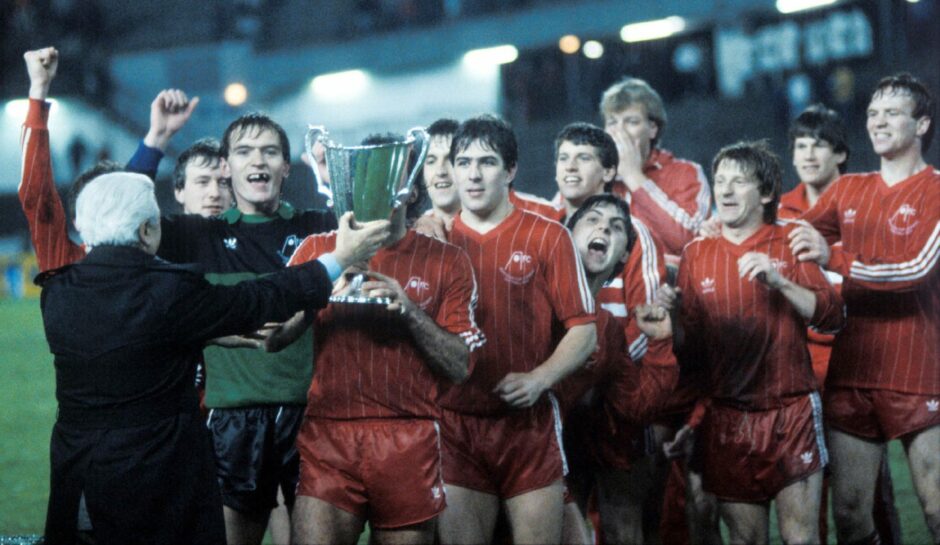
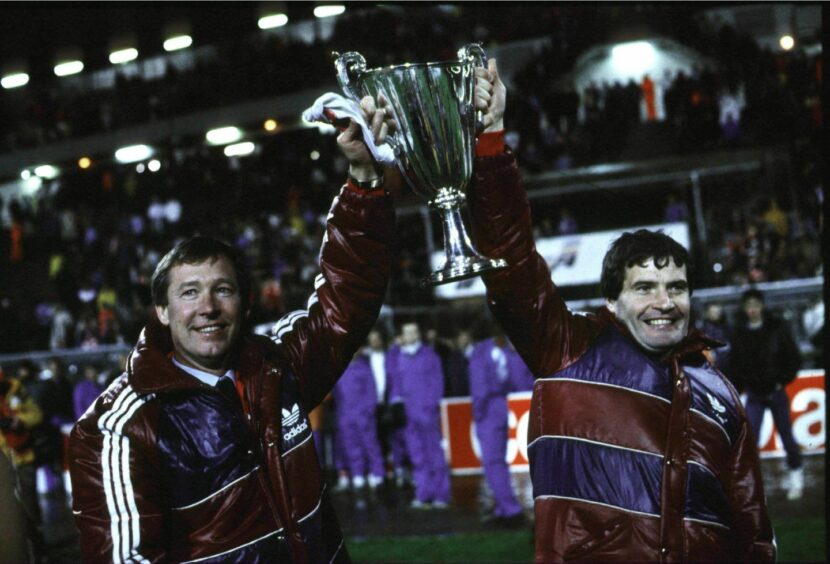
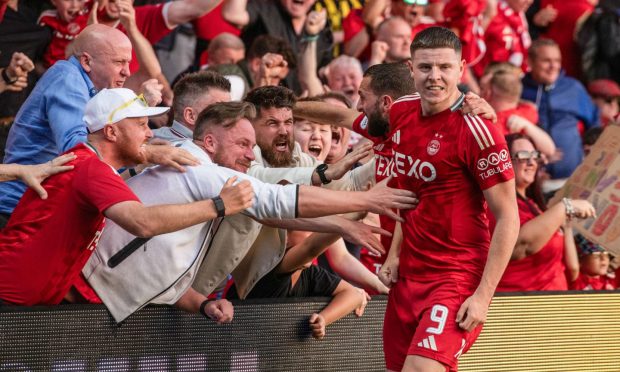
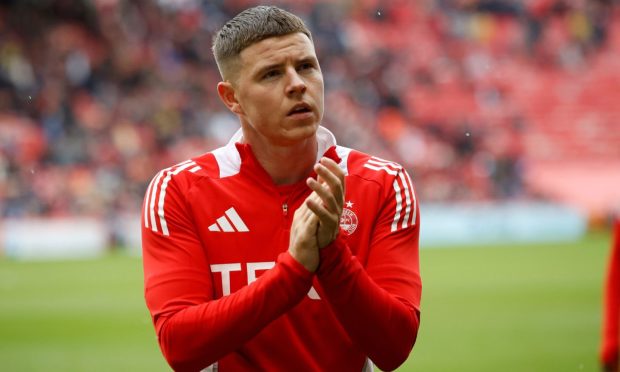
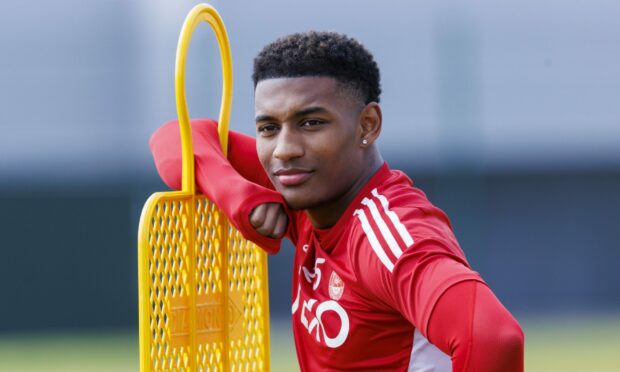
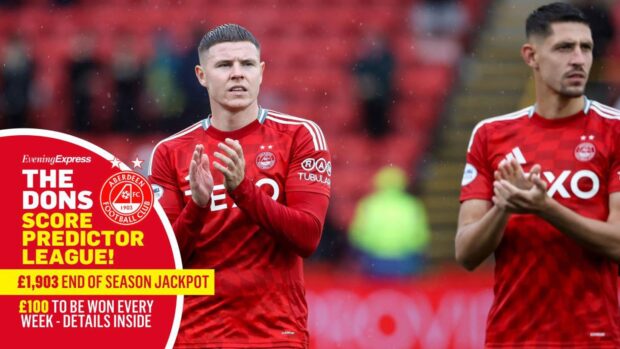
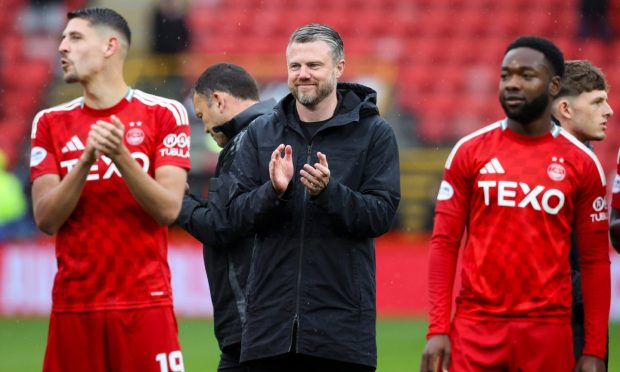
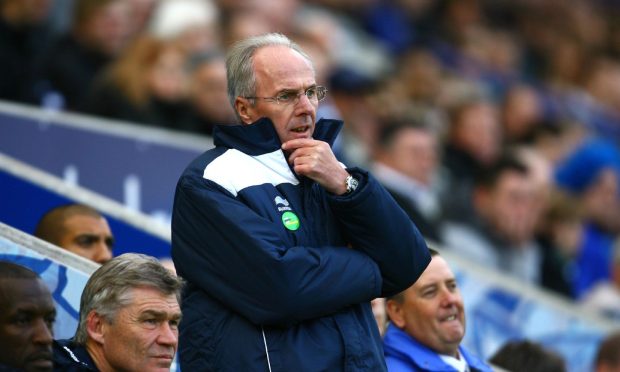
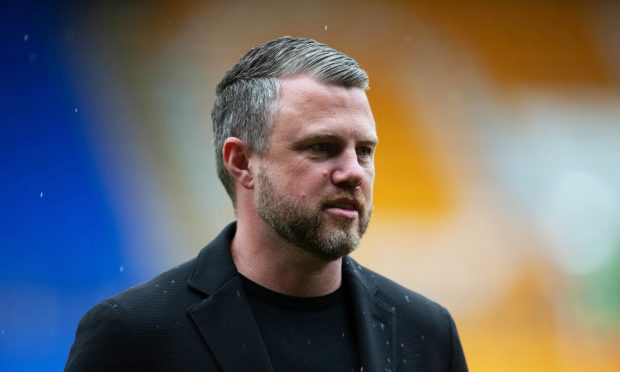
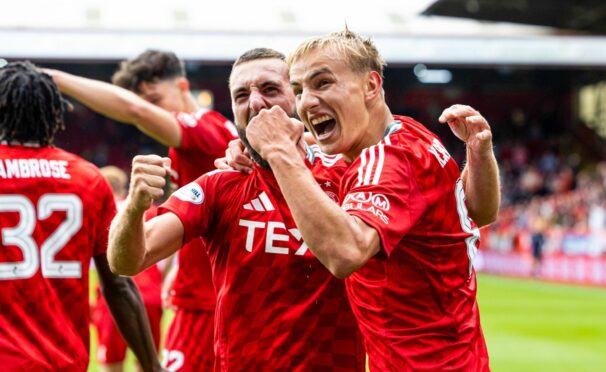
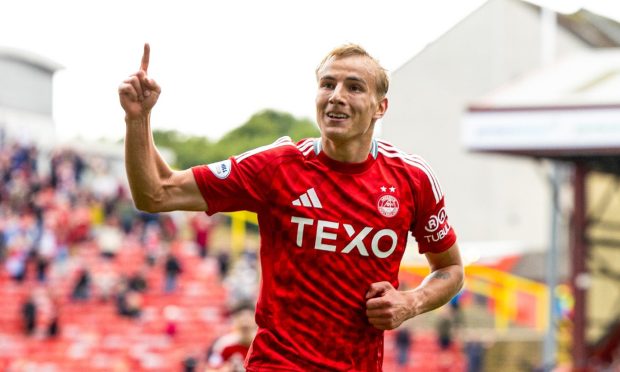
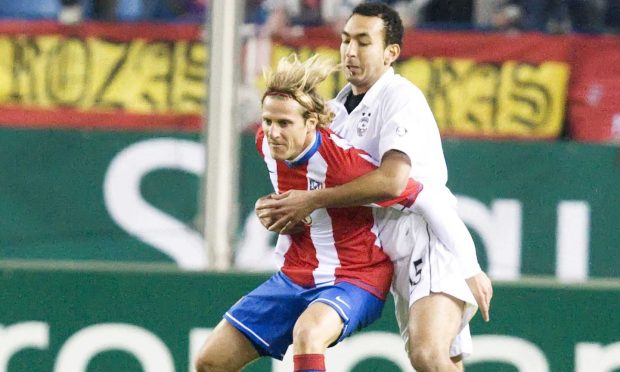
Conversation